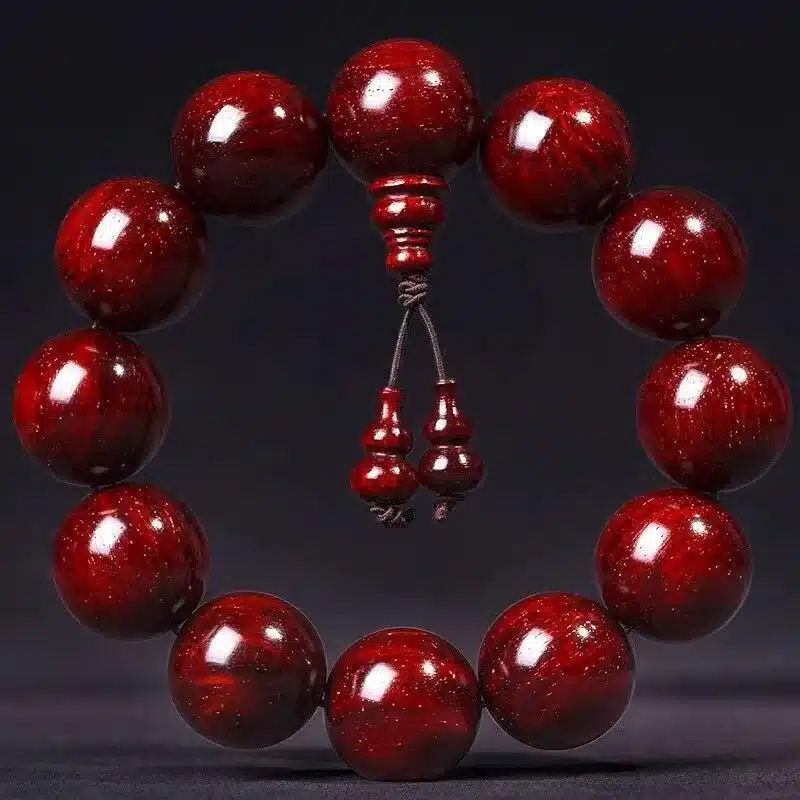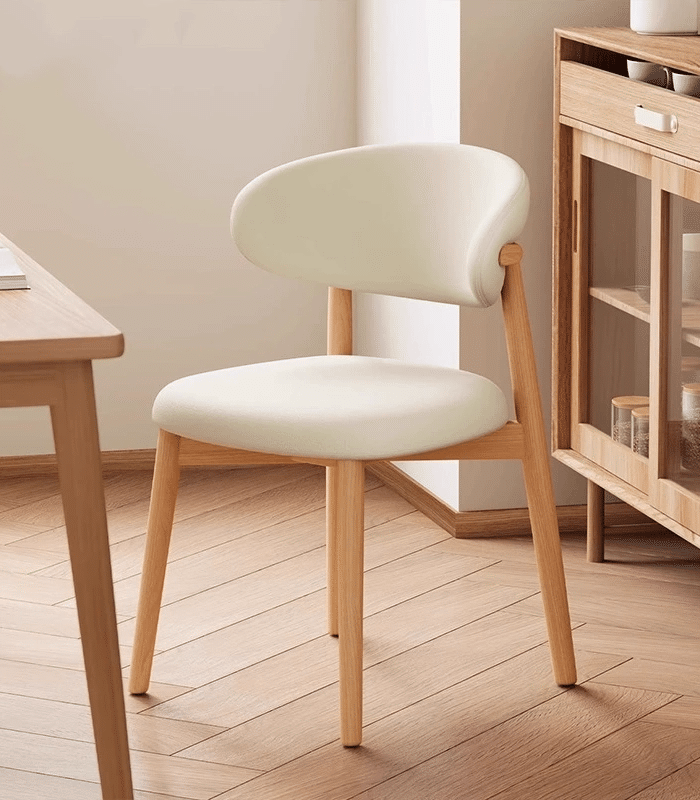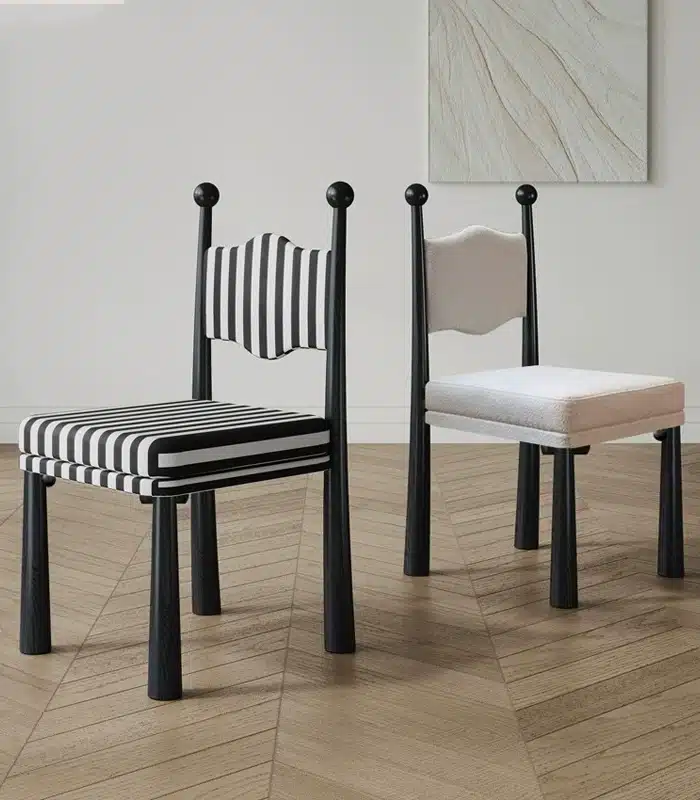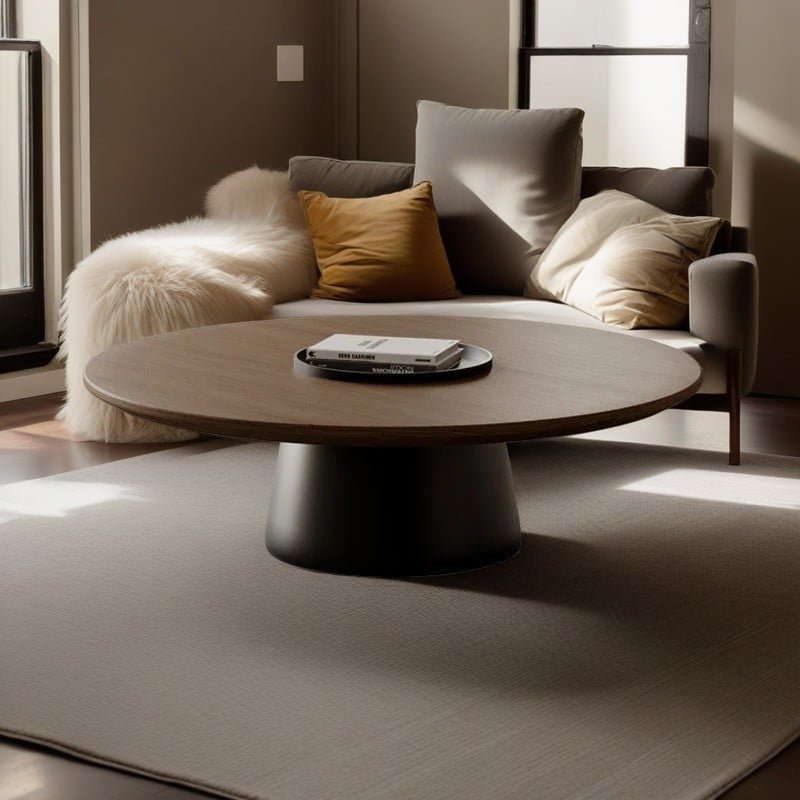In the fast-paced modern life, people’s deep desire for nature, warmth and lasting quality is quietly reviving. This trend is directly reflected in the field of home consumption – solid wood furniture, wooden home furnishings and log-style designs are returning to the consumption center with unprecedented enthusiasm and becoming the new favorite in the market. From designer studios to ordinary consumers’ living rooms, a revival of wood is taking place.

Environmental protection and sustainability: the core criteria for purchasing
Consumers nowadays no longer only focus on the product itself, “environmental protection” and “sustainability” have become the key words for decision-making. This awakening of consciousness has a profound impact on the wood products market:
Material sources are of concern: Wood with FSC (Forest Stewardship Council) or similar certifications, ensuring that it comes from responsibly managed forests, has become the first choice of more and more consumers. The area of certified forests around the world continues to grow, and consumers vote for the earth with their choices.
Technology and coating innovation: The high VOC (volatile organic compound) release problem in traditional paints has been taken seriously, and environmentally friendly coatings such as wood wax oil are favored by the market because of their natural ingredients, good air permeability, better ability to show the natural texture of wood, and environmental protection and non-toxicity.
“Carbon footprint” awareness is budding: Some cutting-edge consumers and brands have begun to pay attention to the “carbon footprint” of wood products throughout their life cycle from raw material mining, processing and manufacturing to transportation and sales. The value of products made from localized production, fast-growing wood or recycled wood has been re-evaluated.
Design trend: Fusion of traditional charm and modern simplicity
The design style of wooden products presents the distinctive characteristics of diversified integration:
New Chinese style continues to be popular: The “new Chinese style” solid wood furniture that combines traditional Chinese charm with modern simple lines remains popular. Designers skillfully use mortise and tenon craftsmanship, combined with elegant walnut, cherry or ash wood, which not only inherits the cultural essence, but also perfectly integrates into contemporary living space.
Scandinavian and Japanese minimalist styles are popular: Scandinavian’s freshness and naturalness, focus on function and light, and Japandi (a fusion of Japanese and Scandinavian)’s extreme simplicity and tranquil Zen continue to lead the trend. Light-colored logs (such as oak, maple, ash) and clean shapes are its hallmarks.
Wabi-Sabi aesthetics rise: The influence of “Wabi-Sabi” (Wabi-Sabi), which accepts imperfections and appreciates natural traces and the precipitation of time, is increasing. Solid wood tabletops and handmade wooden furniture with natural knots, mineral lines or unique textures are highly praised for their unique characteristics and rustic beauty.
Craftsmanship and functionality: Handmade warmth and smart practicality coexist
In the era of machine replication, the pursuit of uniqueness and craftsmanship value is even stronger:
The return of craftsmanship value: Consumers appreciate the warmth and uniqueness behind “handcrafted” products. Whether it is a small solid wood piece made by an independent craftsman (such as wooden bowls, trays, ornaments), or a furniture brand that pays attention to detail polishing, the “craftsmanship” spirit it contains has become an important premium point and emotional connection point.
Strong demand for personalized customization: Standardized products are difficult to meet the diverse space and aesthetic needs, and “customization” services are becoming increasingly important. Consumers are eager to participate in the selection of size, wood type, color and even design details to create their own exclusive woodwork.
Balance between function and aesthetics: Wooden products should not only be beautiful, but also practical. Modern wooden furniture design pays more attention to ergonomic comfort, storage functions (such as hidden storage, modular design) and compatibility with smart homes, achieving a harmonious unity of form and function.

Potential categories and innovation directions
Solid wood large table/island: As the visual focus of the space and the social center, there is a strong demand for large tables or kitchen islands with stunning natural textures.
Environmentally friendly wooden toys for children: Safe, non-toxic, exquisitely designed, and stimulating creativity, solid wood toys are the safe choice of parents.
Innovative wooden small home furnishings and storage: There is a broad market for daily necessities such as wooden racks, storage boxes, and tableware with novel designs, space saving, and warm materials.
Durable outdoor wood products: The demand for outdoor furniture, flooring, and landscape sketches made of wood with special antiseptic treatment (such as deep carbonized wood, high-quality hardwood) or wood-plastic composite materials is growing, meeting people’s needs to improve the quality of outdoor life.
Market research data shows that the global solid wood furniture market will continue to grow at a considerable rate in the next few years. This wave of wood products is by no means a simple retro. Behind it is the rethinking of the essence of life by modern consumers after material abundance – seeking a connection with nature, appreciating the value of craftsmanship, longing for long-lasting quality, and injecting environmental responsibility into personal expression.
When a carefully polished piece of wood is placed in your home, it is not only a practical object, but also a part of the natural story. This visible warmth and craftsmanship is being precipitated from market trends to become an indispensable spiritual foundation for modern life.
My name is: Chen Jiaqi, I run a wooden furniture export company
Thank you for your support!



